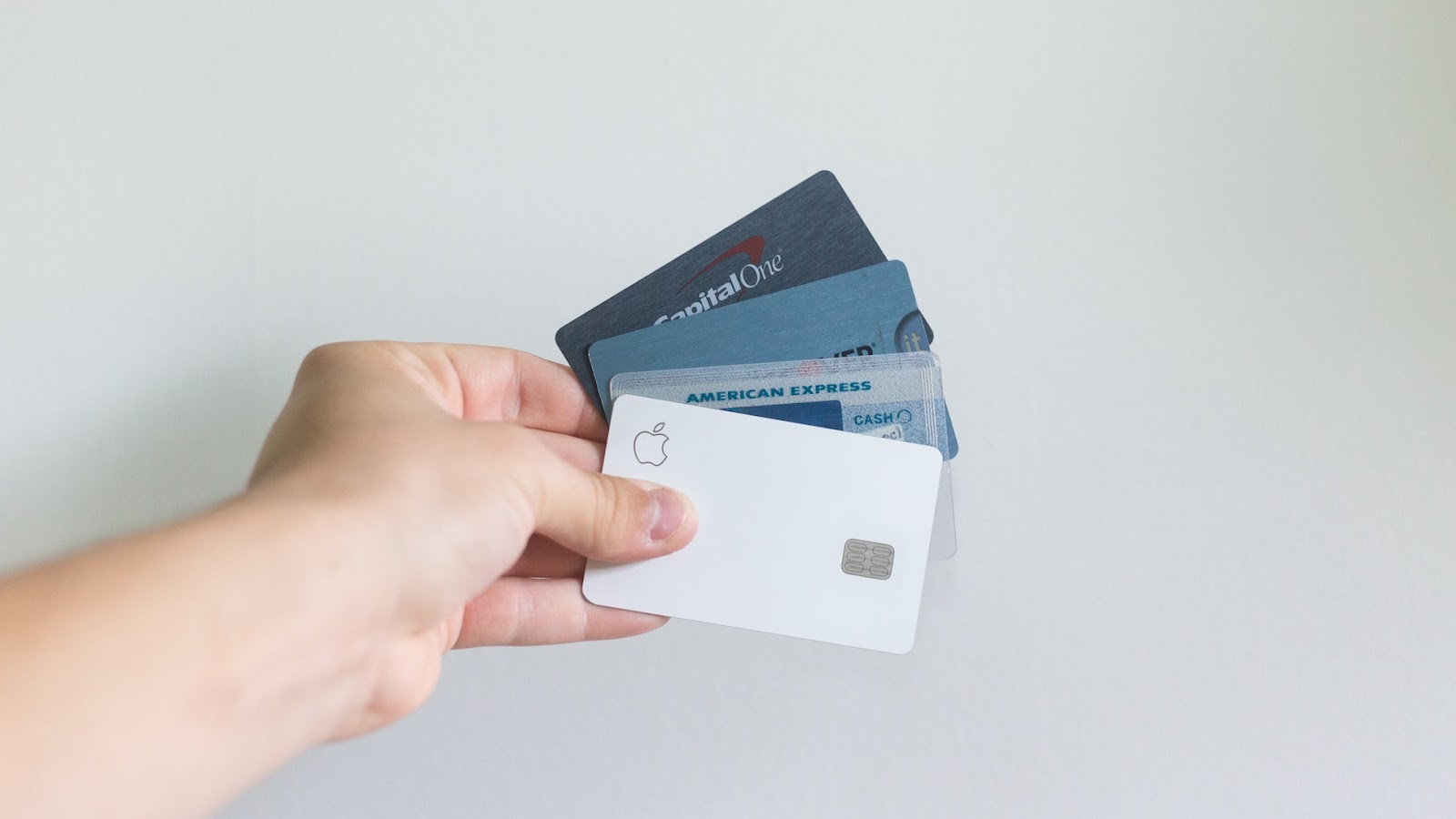How to Address “Friendly Fraud” and Chargeback Abuse

Photo by Cup of Couple from Pexels
Imagine a world where running your e-commerce business is a smooth sail: transactions flow seamlessly, customers are satisfied, and profits rise steadily. Sounds great, right?
Unfortunately, for small business owners and individual entrepreneurs like yourself, some invisible hurdles can jolt this ride. Among these, friendly fraud and chargeback abuse stand out as significant challenges that can take a toll on your business’s health.
But what exactly are these, and how can they affect your journey in the online marketplace? Keep on reading to learn more.
Understanding Friendly Fraud
When we talk about online fraud, cyber-attacks and identity theft easily come to mind. Friendly fraud may take a backseat or be even off the radar as we look for online security solutions, such as getting antivirus software or having LifeLock reviewed and tested for identity protection. But friendly fraud deserves a serious look, too. It can wreak serious damage to your business if left unaddressed.
Friendly fraud, despite its deceptive name, is a form of chargeback abuse in today’s digital economy. It’s akin to a friend who smiles at you while quietly pulling the rug from under your feet.
Picture this: a customer completes a legitimate online transaction on your platform, receives the product or service, and then, without warning, disputes the charge with their bank or credit card company. They may claim they never authorized the transaction or label it as fraudulent.
So, how does friendly fraud tie into chargeback abuse? A chargeback, in its original intent, is a protective mechanism. It’s designed to safeguard customers from unauthorized or fraudulent transactions. However, when a legitimate transaction is falsely disputed, like in friendly fraud, this protective shield is misused, leading to what is commonly known as chargeback abuse.
The motivations behind friendly fraud can vary. Sometimes, it stems from a simple case of buyer’s remorse. The customer might feel regret over a purchase and find it easier to claim fraud than to return the item. In other instances, a family member may unknowingly use the card, leading to a dispute when the bill arrives.
The problem of friendly fraud and other types of chargeback abuse become even graver in small business owners. Imagine, you are a sole proprietor of a small online shop. Every case of chargeback abuse can take a toll on your finances, making it important to act accordingly.
Proactive Measures: Strategies to Combat Friendly Fraud and Chargeback Abuse
Building a successful defense against friendly fraud and chargeback abuse involves a strategic blend of transparency, effective communication, smart tools, and customer education. Each of these key elements, when properly executed, can significantly reduce the risk of these deceptive practices affecting your small business.
Clear and Accurate Product Descriptions
Start from the beginning: the product or service description. It’s crucial to ensure all your offerings are portrayed as accurately and comprehensively as possible. Clear images, precise measurements, detailed functionality, and any other relevant information should be included.
Misunderstandings or misconceptions about the product can often lead to cases of friendly fraud, where the customer feels they received something different from what was advertised.
By giving the customer a clear understanding of what they’re purchasing, you’re reducing the chance of regret, confusion, and subsequent disputes.
Transparent Policies
The importance of having clear, easily accessible, and understandable policies cannot be overstated. This includes your return, refund, and exchange policies, which should be displayed prominently on your website and should be provided during the transaction process.
The easier it is for a customer to navigate a return or exchange, the less likely they are to resort to a chargeback as a means of obtaining a refund.
Effective Communication Channels
Open, responsive, and effective communication channels form the backbone of good customer relations.
Encourage your customers to approach you directly with any issues or concerns before initiating a dispute with their bank. This can often lead to a resolution that satisfies both parties without involving a chargeback.
Providing multiple ways for customers to reach you – such as email, phone, or live chat – and responding promptly can significantly reduce the chances of a customer opting for a chargeback out of frustration.
Fraud Detection Tools
Investing in fraud detection and customer authentication tools can pay dividends in the fight against chargeback abuse. They can be effective in creating secure payment channels, providing peace of mind to business owners.
These tools can help you identify and flag potentially fraudulent activities before they become a larger issue. They provide an extra layer of security to your transaction process and can be particularly beneficial for smaller businesses that may not have the resources to deal with chargebacks frequently.
Prompt Order Fulfillment and Delivery Updates
Timely order fulfillment and regular delivery updates are more important than ever in our fast-paced e-commerce world. Delays or misunderstandings about delivery times can prompt customers to dispute charges.
By keeping your customers informed about the progress of their orders and delivering promptly, you can minimize disputes arising from perceived non-delivery or late arrival.
Documentation
Maintaining meticulous records of your transactions, customer interactions, and shipping information can provide a solid defense in case of a chargeback dispute.
Detailed records can offer tangible proof to dispute a customer’s claim and can often tip the balance in your favor during a chargeback process.
Customer Education
Sometimes, friendly fraud can be a result of ignorance rather than malicious intent. Customers may not understand what constitutes a fraudulent charge or realize the implications of initiating a chargeback.
By educating your customers about the consequences of friendly fraud, including potential blacklisting or legal action, you can help reduce instances of this subtle form of chargeback abuse.
Conclusion

Photo by Avery Evans from Unsplash
The rise of e-commerce has brought with it new challenges, and friendly fraud along with chargeback abuse are among the most significant hurdles small businesses face today. These subtle forms of fraud can erode your bottom line, drain your resources, and create an atmosphere of distrust if not handled effectively.
But with knowledge comes power. By understanding the nature of friendly fraud and chargeback abuse, recognizing their place within the realm of transaction disputes, and proactively implementing measures to combat them, you can make your business more resilient.




